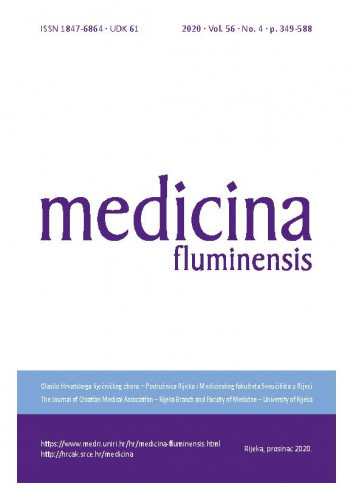S obzirom na sve stariju populaciju pacijenata sa završnim stupnjem kronične bubrežne bolesti, a kako bi se na Listu čekanja uvrstilo što više pacijenata za presađivanje bubrega, potrebna je temeljitija i opširna obrada potencijalnih primatelja bubrežnog presatka. Nakon dijagnostičkih postupaka trebalo bi pokušati sa svim dostupnim terapijskim mogućnostima otklanjanja kontraindikacija. Nakon uvrštavanja na Listu čekanja, potencijalne primatelje potrebno je dalje pratiti i isključiti moguće kontraindikacije. U prilog ovome ide činjenica da je posljednjih godina sve manji broj apsolutnih kontraindikacija za presađivanje bubrega. Jednako važna je temeljita obrada potencijalnog darivatelja bubrežnog presatka jer omogućuje i olakšava samu odluku o presađivanju bubrega, kao i pripremu potencijalnog primatelja bubrega za operativni zahvat, odabir imunosupresivne terapije te daljnje postupke prije i nakon presađivanja bubrega. Cilj je što više pacijenata uvrstiti na Listu čekanja prije početka liječenja dijalizom (preemptivno presađivanje bubrega) te omogućiti presađivanje od živog darivatelja, jer dosadašnja istraživanja pokazuju kako se tada postižu najbolji rezultati.; Considering the growing number of elderly patients with end-stage renal disease, and the simultaneous goal of including as many patients on the waiting list for kidney transplantation, potential kidney transplant recipients should undergo a rigorous selection and evaluation. For the same reason, after diagnostic procedures, we have to try all available therapeutic possibilities to eliminate contraindications. After putting patients on the waiting list, it is necessary to further monitor potential recipients and to treat all contraindications. The supporting fact is the declining number of absolute contraindications for kidney transplantation over the past few years. Equally the extensive evaluation of a potential kidney transplant donor is important because it enables easier decision about kidney transplantation, as well as the preparation of a potential kidney recipient for surgery, selection of immunosuppressive therapy and further procedures before and after the kidney transplantation. The goal is to place as many patients as possible on the wthe aiting list before starting dialysis treatment (preemptive kidney transplantation) and to enable living donor transplant, because existing research shows that the best results are achieved then.
Sažetak
Dio od

 Medicina Fluminensis : glasilo Hrvatskog liječničkog zbora - Podružnica Rijeka i Medicinskog fakulteta Sveučilišta u Rijeci = the journal of Croatian Medical Association - Rijeka Branch and Faculty of Medicine - University of Rijeka : 56,4(2020) / glavni i odgovorni urednik, editor-in-chief Saša Ostojić.
Medicina Fluminensis : glasilo Hrvatskog liječničkog zbora - Podružnica Rijeka i Medicinskog fakulteta Sveučilišta u Rijeci = the journal of Croatian Medical Association - Rijeka Branch and Faculty of Medicine - University of Rijeka : 56,4(2020) / glavni i odgovorni urednik, editor-in-chief Saša Ostojić.